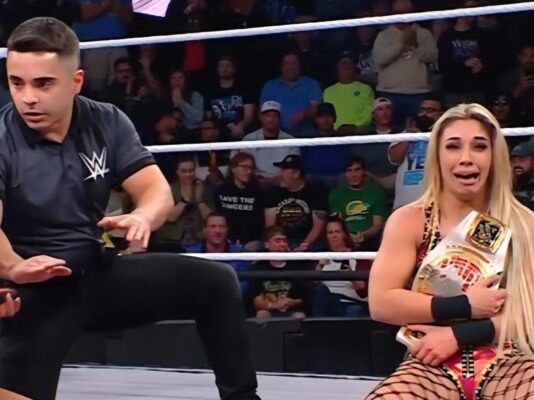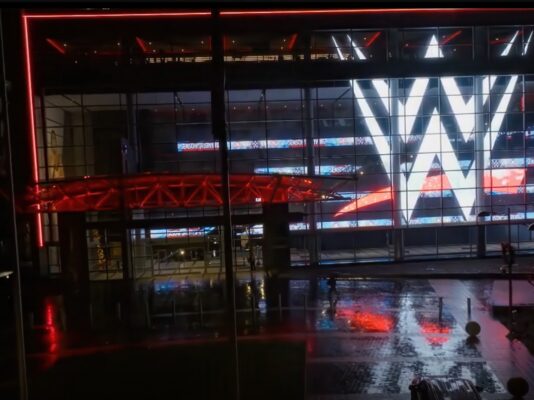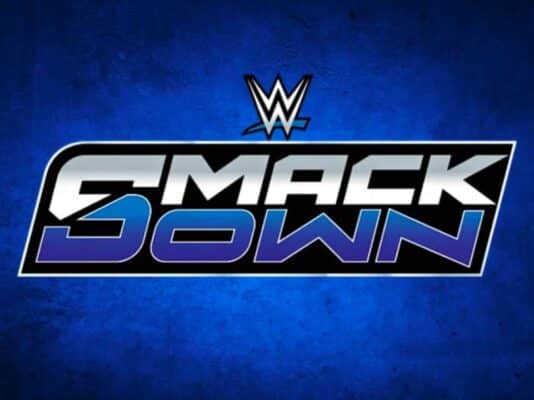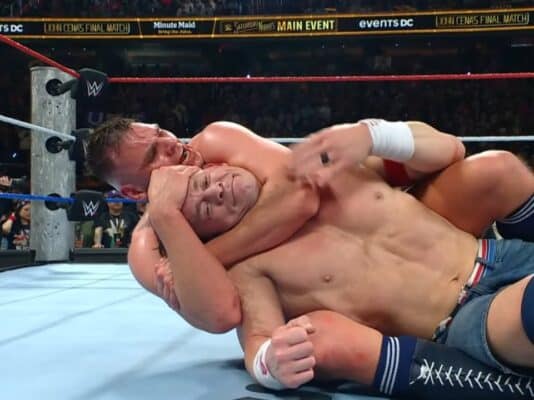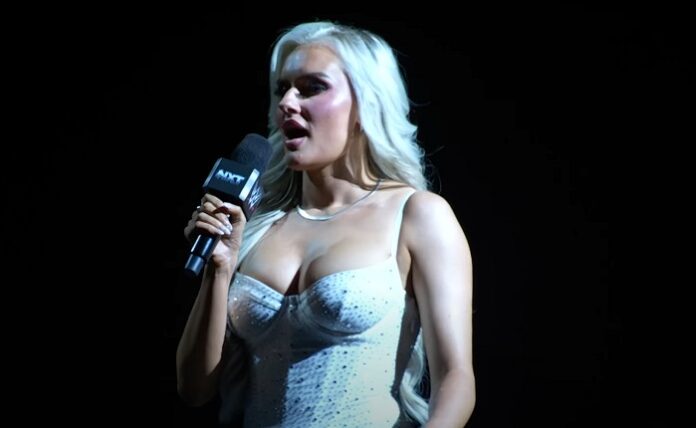
The past few years, particularly since the launch of All Elite Wrestling, it proved how much competition, or at least options benefit the entire industry. It’s not a ground-breaking concept, as it can be applied across the board regardless of the product being sold to the public. What would Coca Cola be without Pepsi? A sizzling Baconator for the racket-wielding manager isn’t quite as enjoyable without the choice of a Big Mac or a Whopper. The competition between brands outside of the sports entertainment bubble isn’t nearly as silly or harsh as the attempt to draw money inside the world of pro wrestling, but the fact remains that options within any business generally push each organization to provide the best product possible to get their piece of the pie from the overall market. Within the parameters of the squared circle, there are several different layers that are involved in the overall business model. Of course, any wrestling league, from the publicly-traded TKO corporation to the local independent outfit, are looking to maximize revenue from their audience through ticket sales and merchandise. Naturally, the further you move up the ladder as far as the scope of the company, it opens more avenues to generate more money. The WWE touts record-setting profits primarily because of the massive rights fees that it lands for its television shows. But, it’s not simply a matter of putting the show on the air or investing in slick product, the track record and cache that the WWE brand has with the general public is what ultimately put them in a position to capitalize on their media properties to such a degree based on the continuing evolution of the media landscape.
For example, Monday Night Raw was on the air for over thirty years, and despite the peaks and valleys, was able to maintain an audience. More importantly, even if there were dips in the numbers depending on the era, it provided steady and consistent ratings, which makes for a much easier sell to advertisers and sponsors because they have an assurance of the amount of viewers that will be exposed to the commercials for their products.
Obviously, it hasn’t always been positive, but for the casual fan, WWE is basically the representative for professional wrestling in the United States. I’ve written this before, in many ways, the WWE is the Walmart of the sports entertainment industry since its relatively cheap and easily accessible. Granted, you might need a second mortgage to afford tickets to the marquee events under the TKO banner, but as far as following the product, fans can get access to pay-per-views and the extensive video library for $5 a month on the Peacock streaming service.
Of course, the status quo opens the door for an alternative, and there’s not necessarily a right or wrong answer in terms of that notion because there can’t be an alternative unless the concept of the status quo of an industry has been established. Again, where would Coke be without Pepsi?
As mentioned, All Elite Wrestling, positive or negative, has become the alternative for pro wrestling in America. The narrative of the Khan-owned organization has been as fascinating as it has been frustrating over the past six years.
That’s why in many respects, the debut on Mariah May, a former AEW Women’s champion, makes a very direct statement about the status of the industry.
When AEW launched in 2019, the potential of the project shifted the dynamics of the business, for the first time since WCW folded, there was someone that was willing to offer comparable money to the WWE, and established stars were willing to trust the future of their careers in All Elite Wrestling. WWE brass took notice of it too, as they signed talent to bigger contracts just to keep them off of the free agent market. Reportedly, The Good Brothers, a team that had history with The Young Bucks from their time as a part of The Bullet Club in New Japan, were offered $750,000 deals to re-sign with the WWE at the time to essentially prevent the possibility of them showing up for a Bullet Club reunion on the debut episode of Dynamite that October. As we know, when the actual product of AEW was revealed, management was less concerned with retaining talent, and when the pandemic shut the world down about six months later, most of the talent that were overpaid to stay with WWE were released as a part of budget cuts that could be touted for stockholders on the conference calls.
Despite that, we saw several talents opt to test the waters in AEW, and there’s nothing wrong with that, it’s a smart business move, but at the same time, as the narrative of the promotion, both from a booking and structure prospective unfolded, there was undoubtedly a shift in the paradigm of the industry.
Despite the non-disclosure agreement that he signed upon his exit from All Elite a few years ago, there’s a compelling story to be told about the departure of Cody Rhodes from the organization when books are eventually written about that era. The backstage brawls, the underwhelming angles, and illogical booking took away a lot of the shine once the novelty of a new promotion wore off.
Furthermore, and this is possibility the biggest point to be made, there were a number of careers that were mismanaged or underutilized under the direction of Tony Khan. CM Punk, regardless of how egotistical that he was at the time, was ousted from the company to become one of the top draws for the WWE. Miro and Malakai Black saw the writing on the wall and returned to the WWE as soon as they were contractually able to do so. Adam Cole went from someone that might be the next Shawn Micheals to just another guy on the roster. Penta was underutilized for most of his All Elite tenure, and has become a featured star on Raw in a matter of just a few months.
The lesson to be learned is that the bloom was off the rose so to speak with the perception of AEW and the grass isn’t always greener on the other side.
That’s why the debut of Mariah May on NXT earlier this week is a microcosm of the shift in the paradigm of the industry.
At 26, May is in the prime of her career, and with less than five years experience between her time in Stardom in Japan and nearly a two-year stint in AEW, she has at least a solid foundation of experience to build upon for the major leagues. Her feud with Toni Storm was one of the better aspects of All Elite programming the past several months, as her heel turn last year was a memorable moment, she won the title at Wembley Stadium, and eventually there was a payoff to the rivalry on pay-per-view. Besides the fact that the match at Revolution was too gory and could potentially sour the audience, one of the reasons that her feud with Storm was so well done was because it built and concluded in a logical manner. The bout at Revolution less than three months ago was her final appearance in All Elite Wrestling.
Essentially, the past year and a half was an audition for WWE, as it gave Mariah May a platform to be seen and as soon as she had the chance to jump ship, she left All Elite. When you consider that she was in a featured spot as a part of a featured storyline on an extended basis on AEW programming, but still chose to leave the company, it speaks volumes about the narrative of All Elite. May has seen enough examples of talented prospects that got lost in the shuffle of the slapstick approach to Dynamite and knew when to make the move before she found herself in the witness protection program of Ring Of Honor or just paid to stay home completely off the radar. Has anyone seen Britt Baker?
The jump itself is minimal, that’s not to say that Mariah May doesn’t have the potential to be a star for the WWE, but rather that the company has a lot of depth in the women’s division so the bigger story is the message it sends about the status of the industry. In 2019, legitimate stars trusted Tony Khan with the future of there careers, and prospects thought it would be the place that they could be made national stars. That simply isn’t the case now, and it’s been a very intriguing narrative to see unfolded in recent years. As mentioned, competition is a key aspect of the business, but the dynamics have flipped in many ways, as some of the blunders of AEW have actually put more of a spotlight on the success of the WWE in the past few years.
What do you think? Share your thoughts, opinions, feedback, and anything else that was raised on Twitter @PWMania and Facebook.com/PWMania.
Until next week
-Jim LaMotta
Email [email protected] | You can follow me on Instagram, Facebook, & Threads @jimlamotta89






